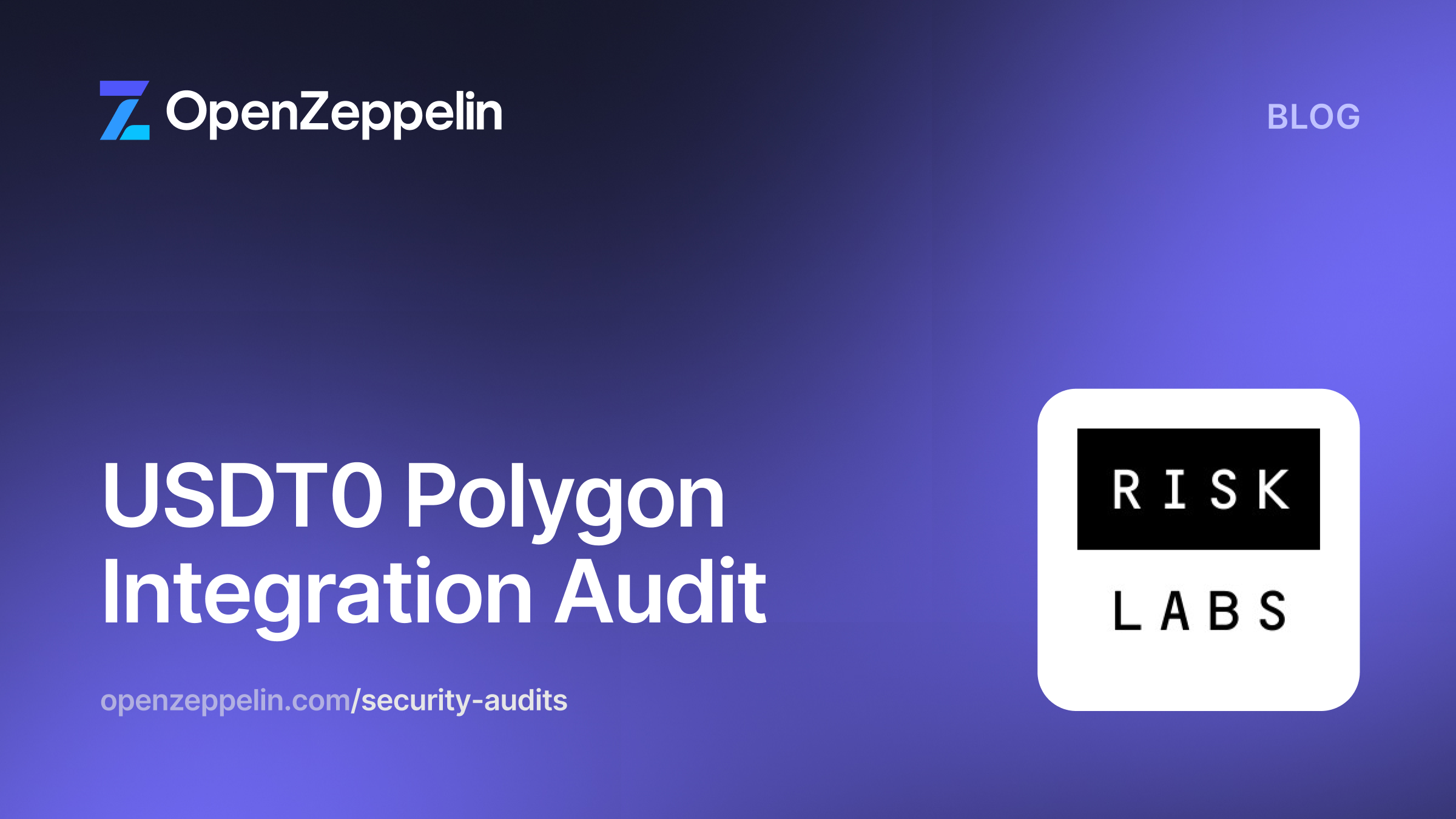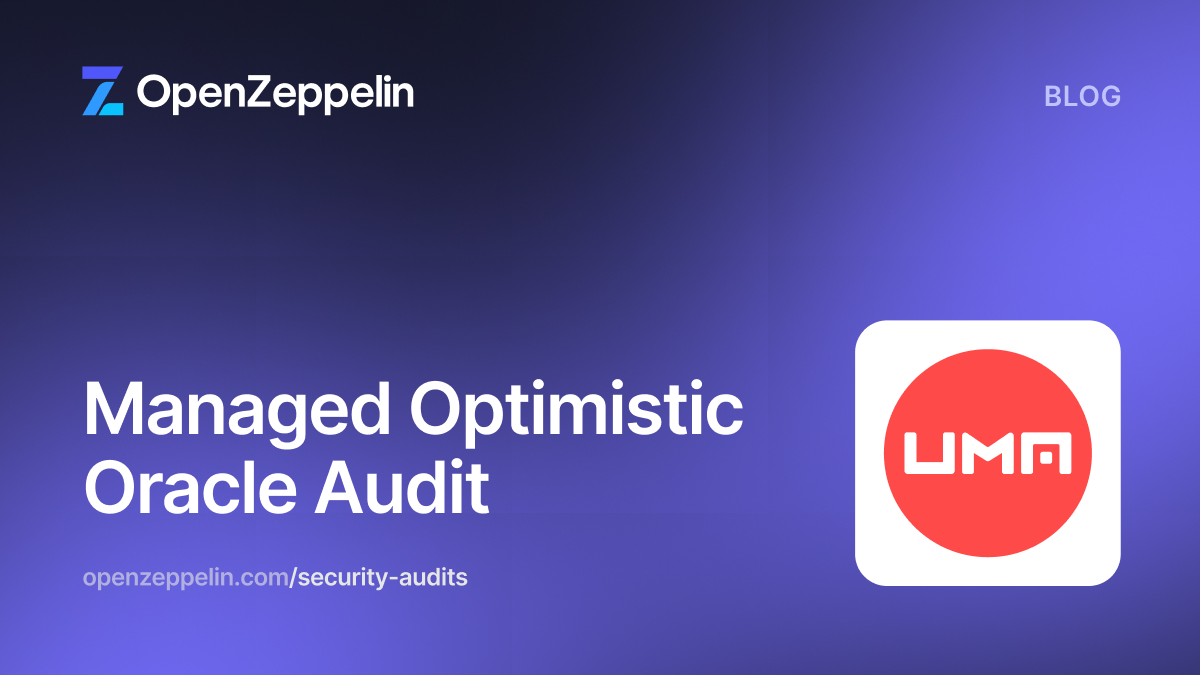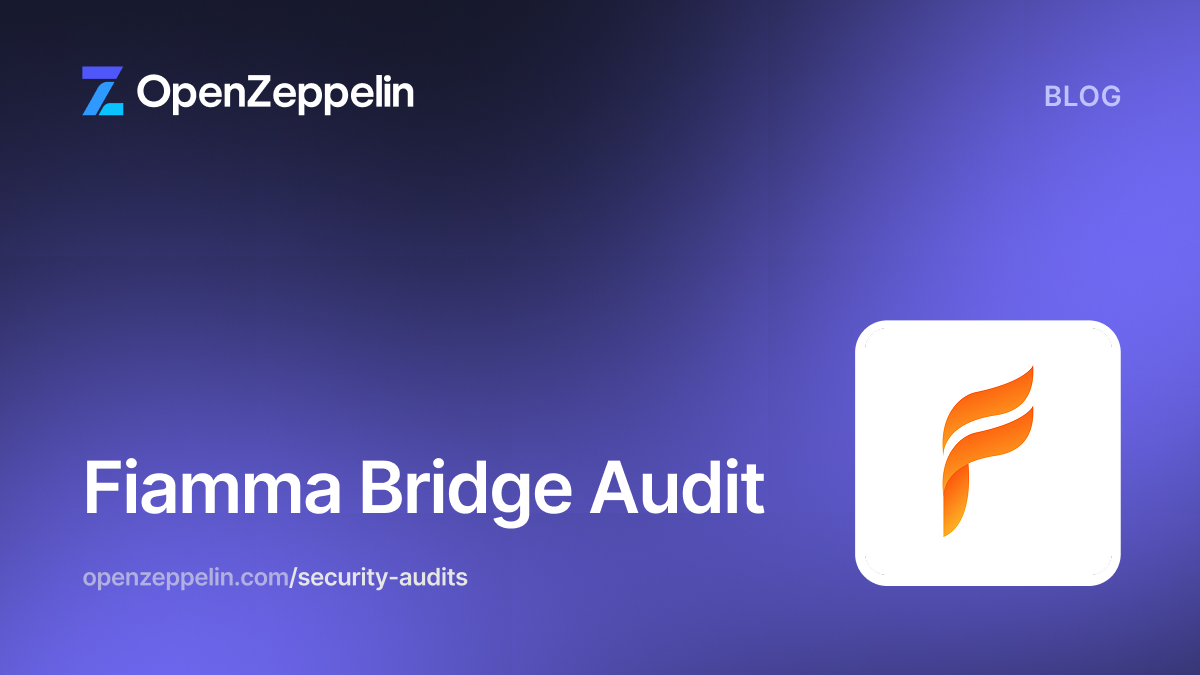Table of Contents
Summary
- Type
- DeFi
- Timeline
- From 2024-03-27
- To 2024-03-27
- Languages
- Solidity
- Total Issues
- 4 (4 resolved)
- Critical Severity Issues
- 0 (0 resolved)
- High Severity Issues
- 0 (0 resolved)
- Medium Severity Issues
- 0 (0 resolved)
- Low Severity Issues
- 2 (2 resolved)
- Notes & Additional Information
- 2 (2 resolved)
- Client Reported Issues
- 0 (0 resolved)
Scope
We audited the MorpheusAIs/SmartContracts repository at the 5e1222e commit.
Only the MOROFT.sol was in the scope of this audit.
System Overview
The MOROFT contract is an ERC-20 token. It inherits from the LayerZero's OFT contract, which allows the token to bridge across different networks.
The MOROFT contract defines a mint function which can only be called by the minter_ address to mint tokens.
The contract also allows users to burn their tokens or burn tokens from approved address.
Security Model and Trust Assumptions
Instead of importing the LayerZero-v2 contracts as dependencies, the Morpheus' SmartContracts repository has a @layerzerolabs folder where the OFT and OAPP contracts are stored. At the time of this audit, the OFT contract present in the SmartContracts repository has small changes compared to the OFT contract present in the LayerZero-v2 contracts repository. For instance, the internal _debit function in the Morpheus' version accepts _from as an input parameter and burns tokens from this address, however, in LayerZero's version, tokens are burned from msg.sender. Although, the MOROFT contract inherits from OFT.sol, it does not call the OFT contract's internal _credit and _debit functions for minting and burning of tokens.
The Morpheus team decided to copy the contracts to the @layerzerolabs folder instead of importing the dependency because the ethers-v5 dependency in the LayerZero-v2 conflicts with the @typechain/ethers-v6 dependency of Morpheus' repository.
The audit of Morpheus' @layerzerolabs folder and of LayerZero-v2 contracts was out of scope of this audit. It is assumed that these contracts work as intended.
Privileged Roles
The MOROFT contract inherits the role of owner via the chain of inheritance from the OAppCore contract. This privileged role is transferred to the _delegate address provided as an input to the constructor.
This _delegate address is also the delegate for the LayerZero's OApp endpoint.
Additionally, the contract allows only the minter_ address to mint the tokens. This minter_ is initialised in the constructor.
Low Severity
Lack of Input Validation
The constructor of the MOROFT contract does not verify if the values for the _delegate and _minter input addresses are non-zero. While the _delegate address is validated for zero address in the OAppCore contract, the _minter addresses are never validated.
To prevent initializing these addresses to zero, consider adding proper checks.
Update: Resolved in pull request #28 at commit 8242004.
Incorrect Docstring
To improve the readability of the codebase, consider correcting the docstring above the IMOROFT interface, which states that the token is capped, however, this is not reflected in the implementation of the MOROFT contract.
Update: Resolved in pull request #28 at commit 95b4217.
Notes & Additional Information
Missing Docstring
The MOROFT contract does not have a contract definition and none of its functions have docstrings.
Consider thoroughly documenting all functions (and their parameters) that are part of any contract's public API. Since the docstrings are present in the IMOROFT contract, this can be achieved by using the @inheritdoc tag as mentioned in the Ethereum Natural Specification Format (NatSpec).
Additionally, the MOROFT contract allows only the minter_ address to mint the tokens. Consider documenting this in the docstring above the mint function.
Update: Resolved in pull request #32 at commit 52c69c1.
Lack of Security Contact
Providing a specific security contact (such as an email or ENS name) within a smart contract significantly simplifies the process for individuals to communicate if they identify a vulnerability in the code. This practice proves beneficial as it permits the code owners to dictate the communication channel for vulnerability disclosure, eliminating the risk of miscommunication or failure to report due to lack of knowledge on how to do so. Additionally, if the contract incorporates third-party libraries and a bug surfaces in these, it becomes easier for the maintainers of those libraries to make contact with the appropriate person about the problem and provide mitigation instructions.
The MOROFT contract does not have a security contact.
Consider adding a NatSpec comment containing a security contact on top of the contract definition. Using the @custom:security-contact convention is recommended as it has been adopted by the OpenZeppelin Wizard and the ethereum-lists.
Update: Resolved in pull request #29 at commit 8d8e771.
Conclusion
No high-severity issues were detected in the contract. However, some suggestions have been made to enhance the codebase's readability.


